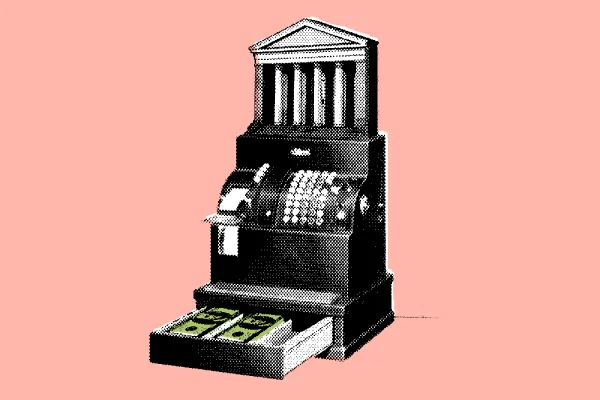Canadian investors dominate in a new ranking of the world’s most responsible asset allocators.
The list, which includes twenty-five sovereign wealth funds and pension funds responsible for $4.9 trillion in combined assets under management, was developed by Bretton Woods II, the impact-investing initiative of non-partisan think tank New America. Canadian allocators were the best-represented, with six funds making it onto the list.
Asset owners were evaluated based on ten responsible investing principles including public disclosure of fund performance and objectives and integration of long-term sustainable investment risks into the portfolio.
Tomicah Tillemann, director at Bretton Woods II, said the goal of the report is to show that institutional investors are large enough to affect change through the investments they select, while highlighting the allocators already making major strides in environmental, social, and governance investing.
“Asset allocators are large enough that they don’t have to accept the world as they find it,” he said. “They can be authors in the story, and not just characters in the play when it comes to solving some of these global challenges.”
[II Deep Dive: ESG In The Time of Trump]
Among the twenty-five leaders are Norway’s Government Pension Fund, which manages nearly $1 trillion, and South Korea’s National Pension Service fund, which is worth $522 billion.
“Simply in terms of magnitude, the leaders represent a remarkable pool of capital,” Tillemann said.
Ranked Canadian funds included the Alberta Investment Management Corp., the British Columbia Investment Management Corp., Caisse de dépôt et placement du Québec, the Canada Pension Plan Investment Board, the Ontario Teachers’ Pension Plan, and the Public Sector Pension Investment Board.
Only two U.S. asset owners made the list: the California Public Employees’ Retirement System and the New York State Common Retirement Fund.
The ranking process began with a master list of 298 asset allocators, representing more than $20 trillion in assets under management. Bretton Woods II eliminated sub-managed accounts and duplicates, then screened the group for availability of information and minimum fund size.
The remaining 121 allocators were then narrowed to the twenty-five funds which best met the responsible investing criteria. Tillemann said his organization wanted to quantify allocators’ growing investments in environmental, social, and governance-based strategies, as well as their effectiveness.
“There’s a lack of rigorous framework around analyzing these issues,” he said. “The thinking is lightyears beyond what it was even a few years ago.”
In addition to filling that void, Tillemann said the think-tank wanted to encourage institutional investors to put more money to work in ESG strategies.
“Institutional investors stand to benefit from the upside if they do it,” he said. “No sensible allocator wants to put resources in things that will lose long-term value.”







